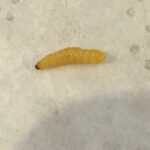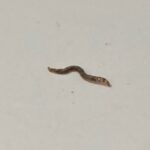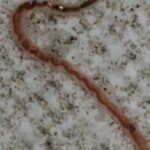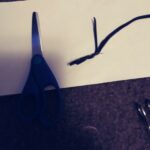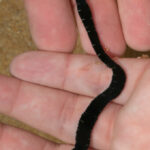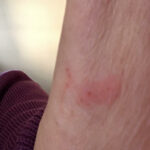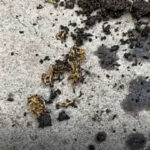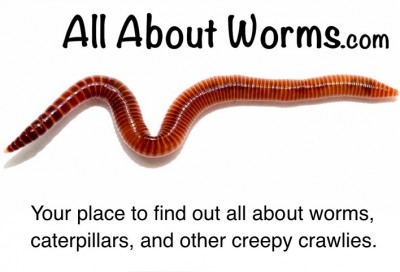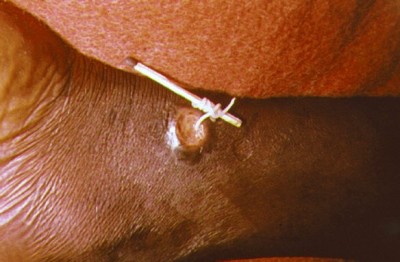
Also called dracunculiasis (pronounced: dra-KUNK-you-LIE-uh-sis), Guinea worm is a parasitic worm infection that occurs mainly in Africa. In fact, more than half of all cases of Guinea worm disease are reported from the southern Sudan region. Each year, 1,000 cases of Guinea worm disease are also reported in countries such as Benin, Burkina Faso, Ghana, Ivory Coast, Mali, Niger, Nigeria, Togo, and Uganda. Countries where less than 1,000 cases of the disease are reported include: Cameroon, Chad, Ethiopia, Mauritania, and Senegal.
Guinea worm is more common in poor rural African villages that are not frequented by tourists. While the infection occurs mostly in Africa, the disease can also be found in Yemen, and some of the most remote villages in the Rajastan desert of India.
What causes Guinea worm?
Guinea worm is caused by a threadlike parasitic worm that grows and matures inside the human body. The worm is called Dracunculus medinensis. Dracunculus medinensis is as thin as a paper clip and it can grow up to a staggering three feet long. Once the larvae mature inside the human body, the Guinea worm exits the body through a painful blister in the skin. This can cause long-term suffering and oftentimes, crippling aftereffects.
How is Guinea worm contracted?
People may become infected with Guinea worm after drinking standing water that contains a tiny water flea. The flea might be infected with the tiny larvae of the Guinea worm. The tiny larvae pierce the intestinal, mature into adulthood, then mate during the course of a year. Once the males die off, the female makes her way through the body where she will grow up to as much as three feet. The female will eventually end up near the surface of the skin, typically in the lower limbs.
Symptoms of Guinea worm
Guinea worms cause intense swelling and painful, burning blisters. In most cases, the infected will seek out water to soothe the pain. In poor rural African villages, “water” usually means nearby ponds and wells. Once the sufferer enters the water, the blisters will burst and the worm will emerge releasing millions of new larvae into the water. Once the larvae have been released into the water, they are then swallowed by tiny water fleas and the vicious cycle starts all over again.
Other symptoms of Guinea worm include: fever and infection. Most symptoms of Guinea worm do not develop until a year after a person has ingested contaminated water.
Guinea worm diagnosis and treatment
Guinea worm can be detected by sight. The adult worm can be seen protruding from a skin sore. While there is no cure for Guinea worm or medications to prevent infection, there are several methods to remove the worms. The Guinea worm can be removed a little at a time by winding it around a small stick and pulling it out. In some cases, the process will take only a few days, in others it might take a few weeks or even a few months. In some cases, Guinea worm can be surgically removed before the actual wound begins to swell. Antibiotics and antihistamines may be used to reduce swelling and make removal of the worm easier.
After a Guinea worm is removed, many people are left with permanent scarring and/or permanent crippling. Unfortunately, most people in infested villages will contract Guinea worm disease year after year.
How to prevent Guinea worm
Guinea worm infection can be avoided by using only filtered water or water that has been obtained from a safe source. Even water from ponds and wells can be boiled and filtered through cloth to kill the Guinea worm larvae. Water can also be treated with a larvae-killing chemical. In addition, people with open Guinea worm wounds should stay away from ponds or wells that are used for drinking water.
All About Worms is always free, always reader-supported. Your tips via CashApp, Venmo, or Paypal are appreciated! Receipts will come from ISIPP Publishing.



